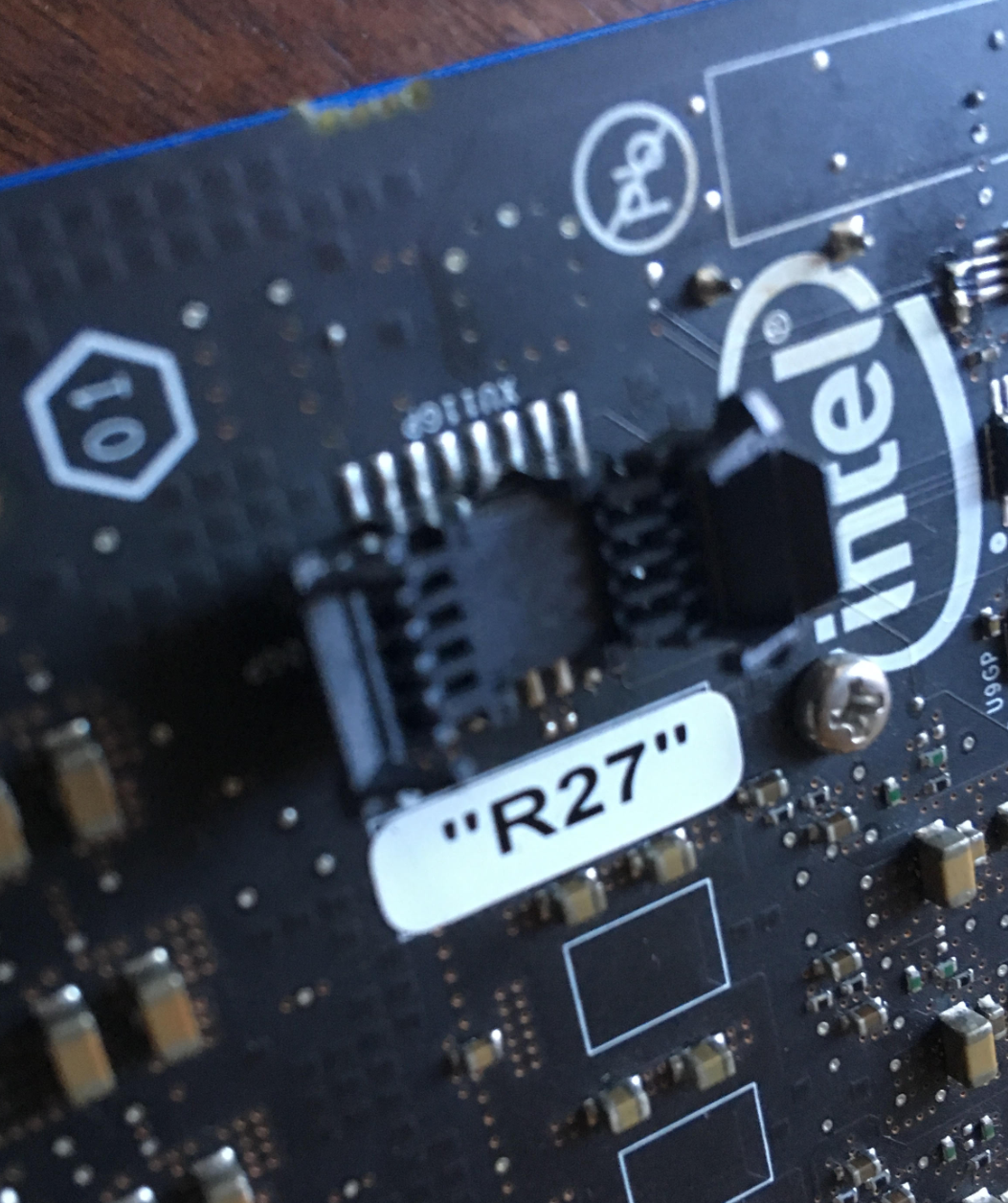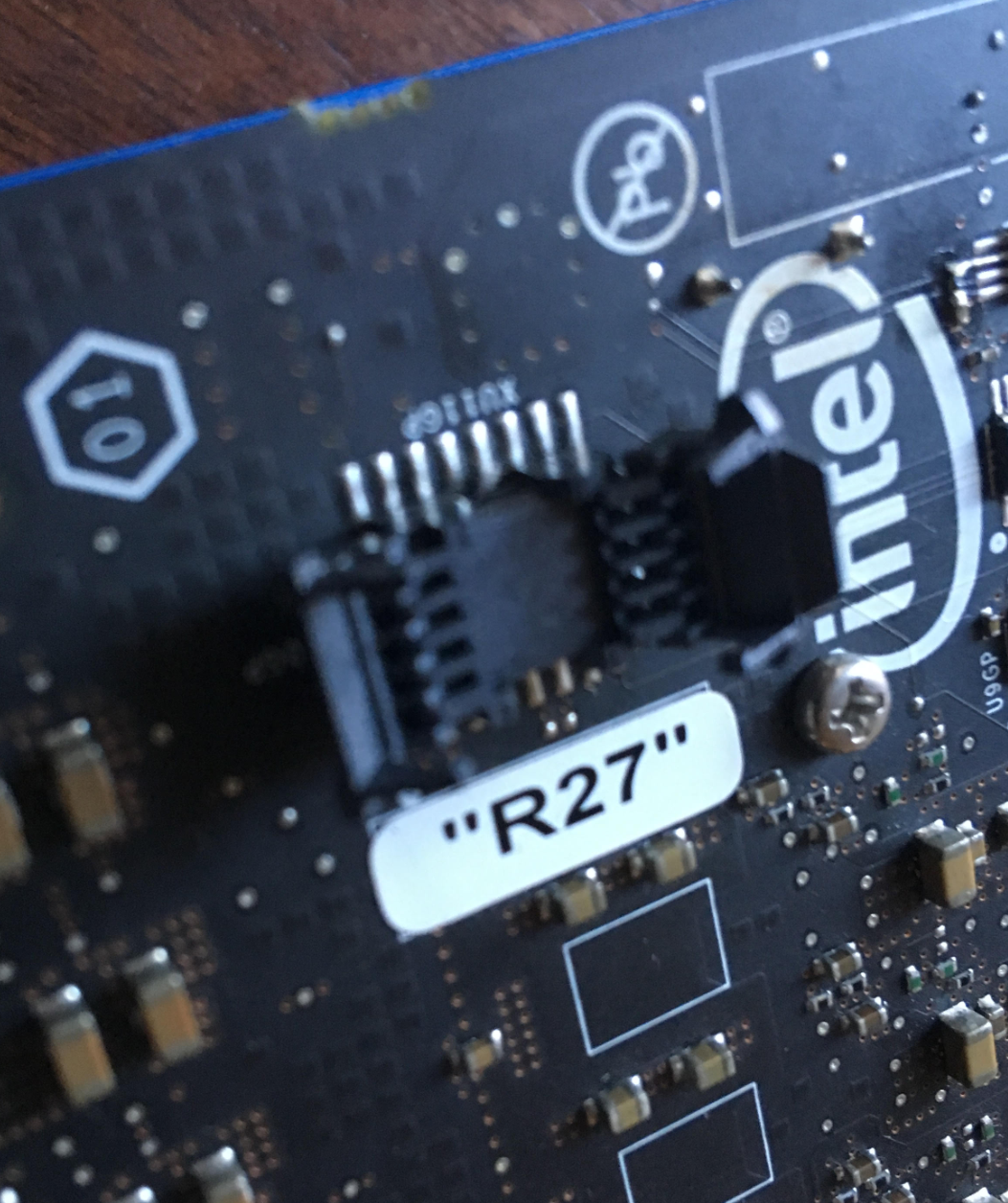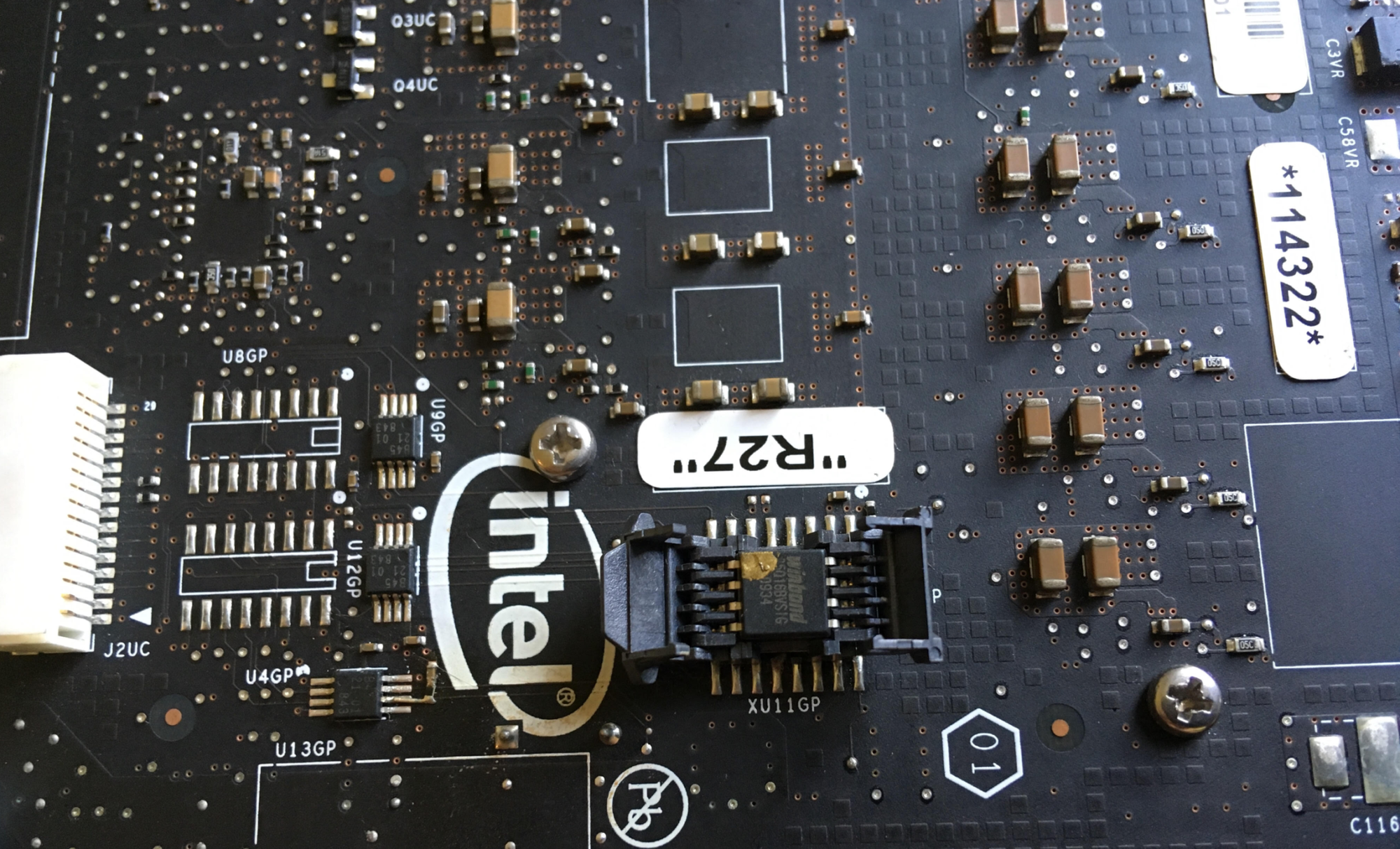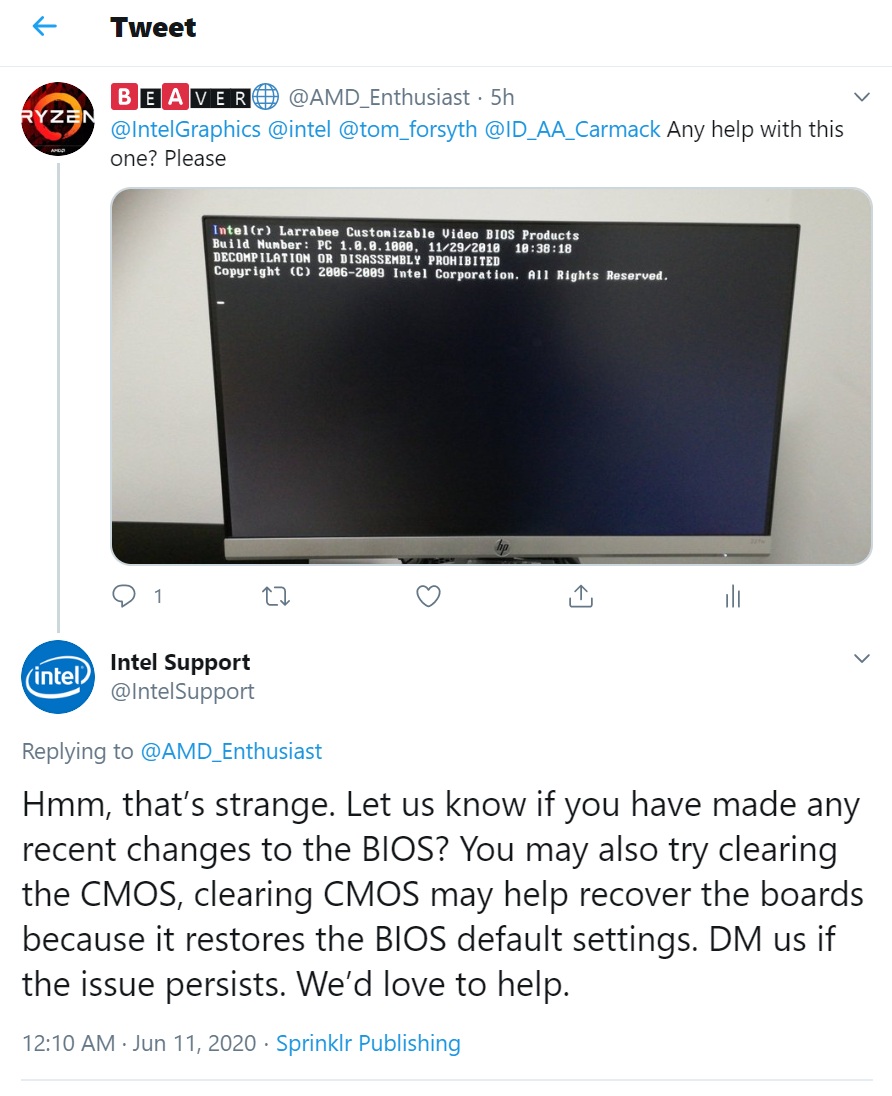erek
[H]F Junkie
- Joined
- Dec 19, 2005
- Messages
- 10,871
Xeon Phi driver tries to load Linux image for Knights Corner into the card, but Tom Forsyth told me that Larrabee cards were working with an instance of FreeBSD inside. So without correct software it is not possible to launch that card.
Yah,
just curious if you can get more verbose output during the boot up by removing the quiet tag from global.xml ...
X:\Program Files\Intel\MPSS\global.xml
"
<!--Remove the quiet element for more verbose boot logging-->
<quiet/> "
![[H]ard|Forum](/styles/hardforum/xenforo/logo_dark.png)











